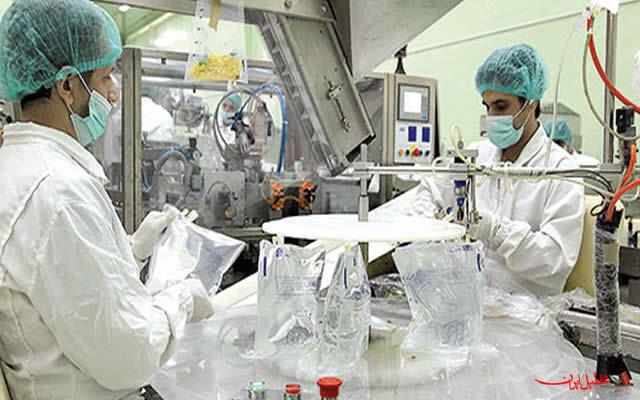صنعت داروسازی و بهداشت در ایران- سه ماهه دوم 2015
BMI Industry View
BMI View: BMI continues to adjust its forecasts for Iran's pharmaceutical market to account for the sanction-induced currency crisis and high rates of inflation. Despite not specifically targeting medicines, sanctions against Iran had dire consequences for the pharmaceutical sector, with drug shortages becoming commonplace. The domestic industry has since enhanced its manufacturing capabilities and is becoming increasingly sufficient in the production of medicines, reducing its reliance on importing from foreign multinationals. We believe the government views the healthcare sector as a priority and expect the industry to remain relatively unaffected by lower oil prices.

Headline Expenditure Projections
■ Pharmaceuticals: IRR60,704bn (USD2.35bn) in 2014 to IRR68,815bn (USD1.91bn) in 2015; +13.4% in local currency terms and -18.6% in US dollar terms.
■ Healthcare: IRR577,678bn (USD18.17bn) in 2014 to IRR667,811bn (USD18.55bn) in 2015; +24.4% in local currency terms and +2.1% in US dollar terms.
Risk/Reward Index
Iran's business environment is rated 41.5 out of 100 in Q215, unchanged from the previous quarter according to BMI's Risk/Reward Index. Due to reappraisals of the scores of other countries, Iran's position in the regional rankings declined two places in the regional rankings to 16th out of 30 countries in the Middle East and Africa in Q215. Its overall score is below the regional average of 42.5. Generally speaking, Iran benefits from a large and growing population and relatively widespread access to healthcare services.
However, its regulatory regime - including intellectual property (IP) rights, political and economic situation - is highly questionable. Consequently, the country performs above the regional average for potential rewards and below the regional average in terms of risk.
Key Trends And Developments
■ Iran's improving manufacturing capabilities are evidenced by the announcement from Dinarvand in January 2015 that 12 types of anti-cancer drugs will be produced in Iran within two months that were previously imported. Multiple sclerosis drugs Tecfidera (dimethyl fumarate) and CinnoVex are also now produced in Iran, according to scientific secretary of the 11th International MS Congress, Shekoofeh Alaie.
■ Iran-based Farabi Pharmaceutical Company announced plans to launch its products in Oman in January 2015. The company manufactures 90 antibiotics and non-antibiotics items, used to treat mental, cardiovascular and digestive diseases, according to Ahmad Ali Sharifani, marketing and sales manager of Farabi.
BMI Economic View: The Iranian economy will expand slowly in 2015 compared to 2014, as oil prices are low and talks on the nuclear programme fail to reach a breakthrough. We have revised downward our real GDP growth forecast at 1.4% in 2015 and 2.2% in 2016, respectively, from 2.1% and 3.0% previously. The pace of growth will be marginally higher than demographic expansion, implying small productivity gains over coming quarters.
BMI Political View: A 'permanent' agreement on Iran's nuclear programme will remain elusive following the recent extension of a deadline for a final deal to June 30, 2015. Investment by Western companies in Iran will remain low over the coming years as operational environment risks stay elevated.
گزارش تحلیلی بیزینس مانیتور- صنعت داروسازی و بهداشت در ایران- سه ماهه دوم 2015

